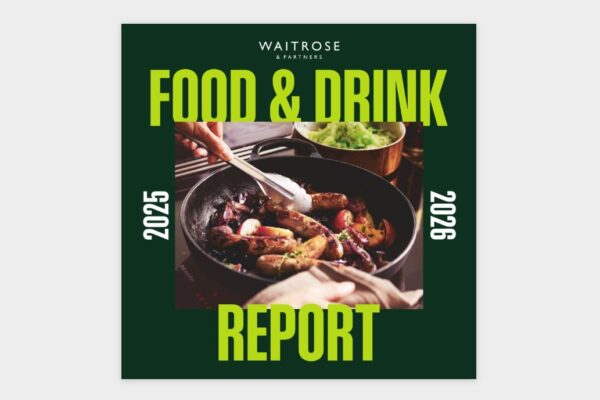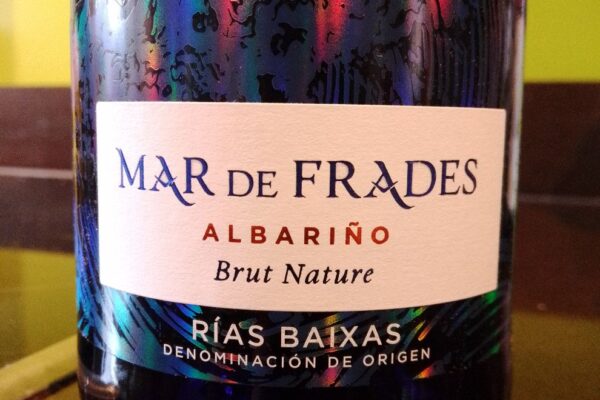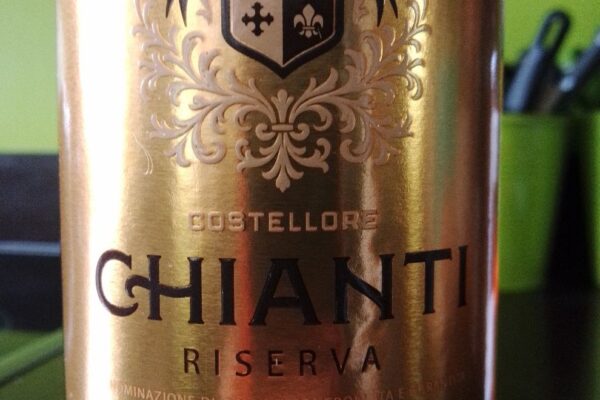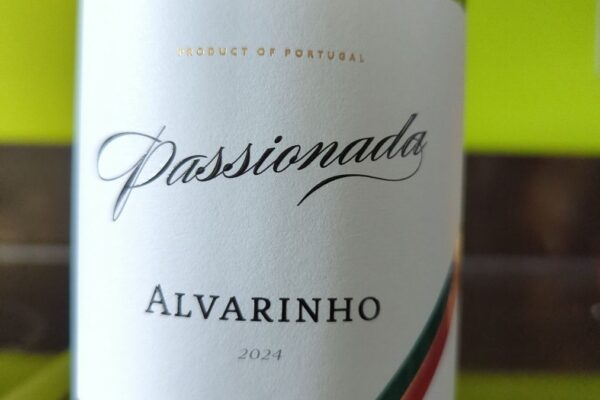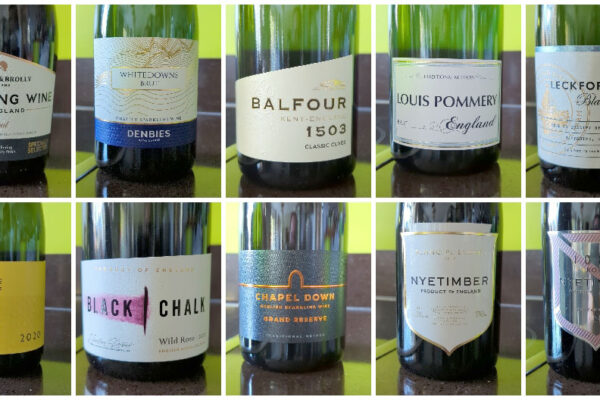
Waitrose Blueprint Australian Shiraz was a must-try for me because it was a finalist in the People’s Choice Wine Awards in the Red, Own Label category.
The Blueprint range from Waitrose is designed to showcase great-value examples of classic wines from around the world, selected for their quality and their faithful representation of both style and origin. Each bottle features intricately designed labels, symbolic of the maker’s region.
This particular Shiraz, a 2022 vintage with an ABV of 14.5%, has a wonderful aroma with hints of burnt treacle. The full-bodied mouthfeel, part due due to the warming alcohol presence follow through in the taste, which mirrors the aroma. There’s a touch of dark chocolate towards the finish, with the treacle notes carrying through but without any overt sweetness. Gentle tannins provide structure, while a slight spice lingers at the end, giving it impressive length. It feels like a much more expensive wine than its price suggests, with a profile that leans towards burnt treacle rather than the jammy fruitiness found in some Shiraz.
At just £7 in Waitrose, and sometimes available for as little as £5.25 during 25% off promotions, this wine offers incredible value. But how can Waitrose sell such a great wine at such a low price? Like many own-label supermarket wines, it is white-labelled and bulk bottled, in this case in the UK, meaning there’s no explicit provenance.
With this wine, Waitrose is unusually competing directly with Aldi and Lidl, and the producer remains undisclosed to avoid undermining their branded sales through other retailers. Having said this, the bottle does mention South Australia which means it most likely comes from Barossa. Also, there is some satisfaction in knowing that the bulk bottling contributes to sustainability, as bulk shipping significantly reduces the wine’s carbon footprint by cutting down on the weight and volume of transported goods.





